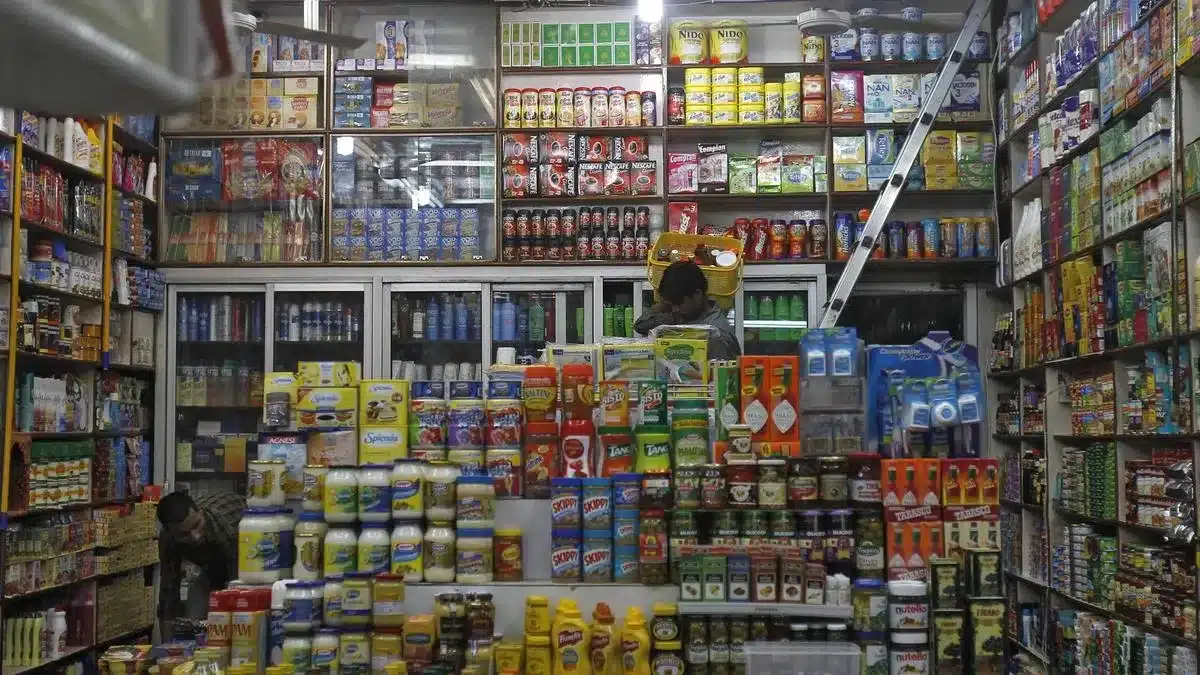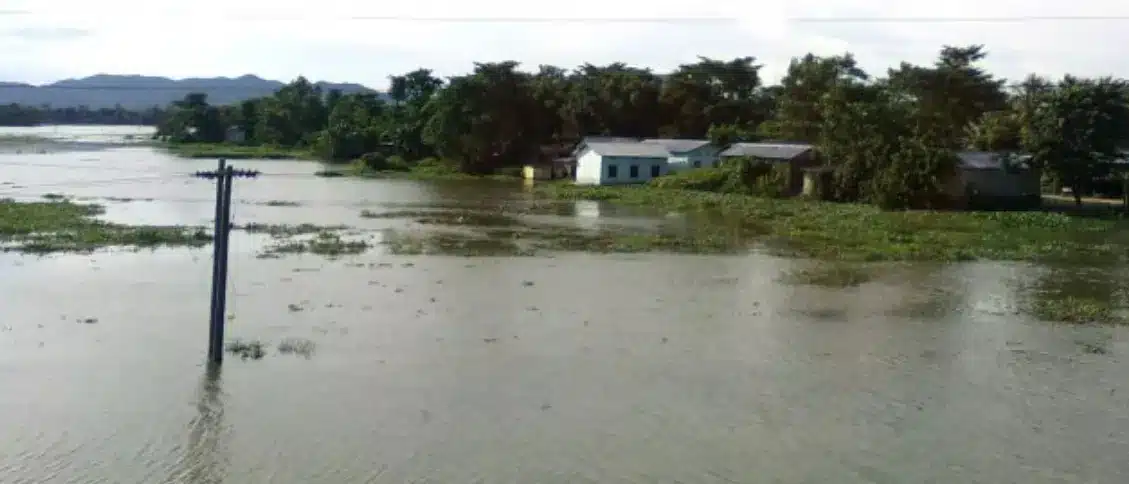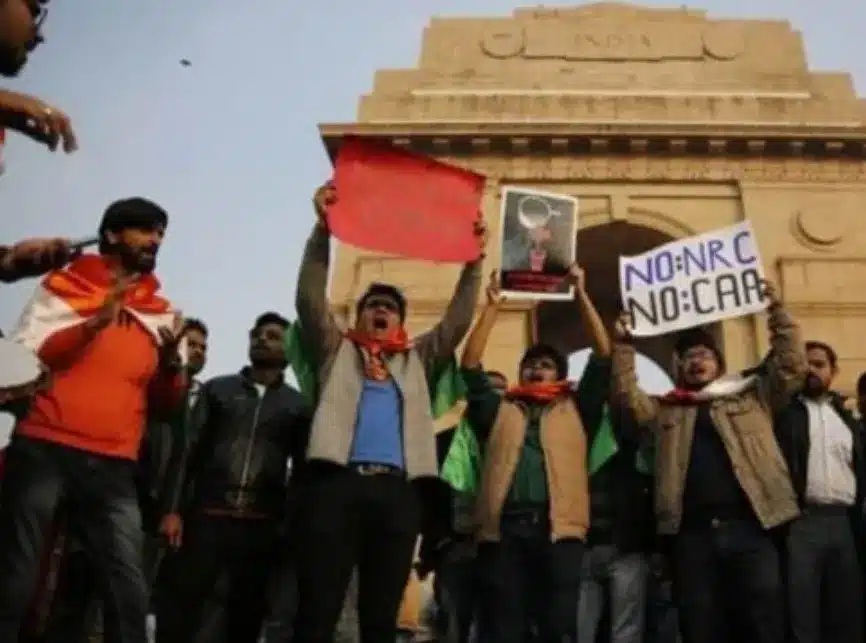Urban Consumer Confidence Survey Latest News
- The Reserve Bank of India's latest Urban Consumer Confidence Survey (UCCS) shows that urban consumers maintain stable sentiments about the current economic situation.
Background
- The Reserve Bank of India’s (RBI) latest Urban Consumer Confidence Survey (UCCS), conducted in May 2025, highlights a steady if cautious optimism among urban households.
- While sentiments about the present remain subdued, expectations for the future are notably upbeat, particularly in terms of income, employment, and inflation control.
Overview of the Urban Consumer Confidence Survey
- The UCCS is a bi-monthly exercise conducted by the RBI to capture household perceptions across major urban centres regarding economic conditions, employment, income, inflation, and spending.
- As of May 2025, the survey collected insights from 6,090 respondents across 19 cities.
- This round marks the first time the RBI formally renamed its Consumer Confidence Survey to the Urban Consumer Confidence Survey, separating it from the newly introduced Rural Consumer Confidence Survey.
Understanding the Indices: CSI and FEI
- The two key metrics derived from the UCCS are:
- Current Situation Index (CSI): Measures how households perceive their present economic condition.
- Future Expectations Index (FEI): Gauges the optimism about the next 12 months in areas like income, employment, and price levels.
- In May 2025, the CSI slightly declined from 95.5 in March to 95.4, staying below the benchmark of 100, indicating continued pessimism about current conditions.
- However, the FEI increased from 122.4 in March to 123.4 in May, reflecting growing hope among consumers about future improvements.
Cooling Inflation and Rising Consumer Optimism
- One of the survey’s most noteworthy findings is the decline in inflation concerns. Urban households reported a perceptible easing in the perception of current price levels and inflation.
- A separate RBI inflation expectations survey supported this, revealing that urban households’ perceived current inflation dropped by 10 basis points to 7.7% in May. Expectations for inflation one year ahead also declined by 20 basis points to 9.5%.
- This shift is significant as persistent inflation has long been a pain point for household budgets.
- The RBI’s findings suggest that two consecutive rounds of reduced inflation concern may indicate a meaningful change in consumer perception and could support demand-side recovery in the near term.
Income, Employment, and Spending Trends
- While current perceptions about income and employment remained largely unchanged from the March 2025 levels, optimism about future income remained high.
- Urban consumers are looking forward to improved earnings, which in turn is expected to influence future spending behaviour.
- There was a slight dip in current spending on both essential and non-essential goods.
- However, this is counterbalanced by expectations of increased spending in the near future, reflecting a typical consumer behaviour pattern where positive economic expectations stimulate deferred purchases.
Comparison with Rural Sentiment
- The newly launched Rural Consumer Confidence Survey conducted in April and May 2025 provides a comparative backdrop.
- The rural CSI declined marginally from 100.1 to 100.0 but remains more optimistic than its urban counterpart. The rural FEI was even more upbeat at 126.2, reflecting growing optimism in rural India, buoyed by a favourable monsoon and easing food inflation.
- This divergence in sentiment reveals a promising trend of broader-based recovery across both urban and rural sectors, albeit with nuanced variations driven by regional inflation sensitivity and employment contexts.
Policy Relevance and Economic Outlook
- From a policy perspective, these findings provide useful insights for the RBI and the government.
- Anchoring inflation expectations is crucial to ensuring macroeconomic stability, and the current trend indicates that the RBI’s monetary policy actions may be achieving their desired effect.
- RBI Governor Sanjay Malhotra recently emphasized that “urban demand is improving while rural demand remains steady,” aligning well with the UCCS and rural survey outcomes.
- The data underscores the importance of maintaining momentum on inflation control, employment generation, and income growth to reinforce consumer confidence across both demographics.
Urban Consumer Confidence Survey FAQs
Q1. What does the Urban Consumer Confidence Survey measure?
Ans. It measures urban households' perceptions about the current and future economic situation, including inflation, employment, and income.
Q2. What were the key findings of the May 2025 Urban Consumer Confidence Survey?
Ans. The survey showed stable present sentiment (CSI at 95.4) and improved future optimism (FEI at 123.4), with easing concerns over inflation.
Q3. How have inflation expectations changed in urban India?
Ans. Perceived current inflation dropped to 7.7% and one-year-ahead expectations fell to 9.5%, showing reduced inflationary pessimism.
Q4. What does a CSI or FEI value below or above 100 indicate?
Ans. A value below 100 reflects pessimism, while a value above 100 indicates optimism about the economic situation.
Q5. How does rural sentiment compare to urban sentiment?
Ans. Rural households are slightly more optimistic, with a CSI of 100.0 and a higher FEI of 126.2 in May 2025.





